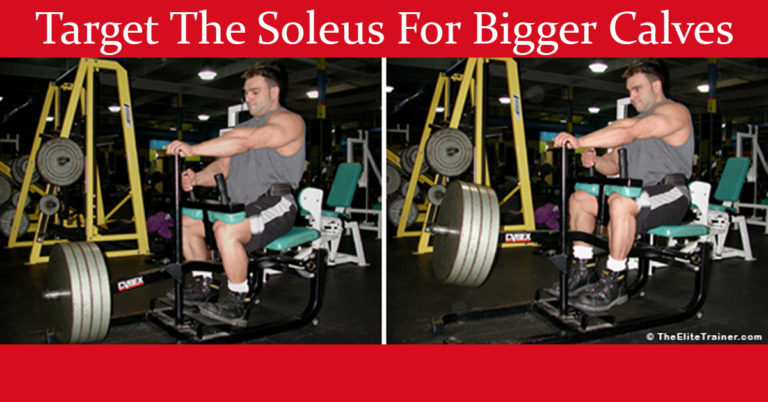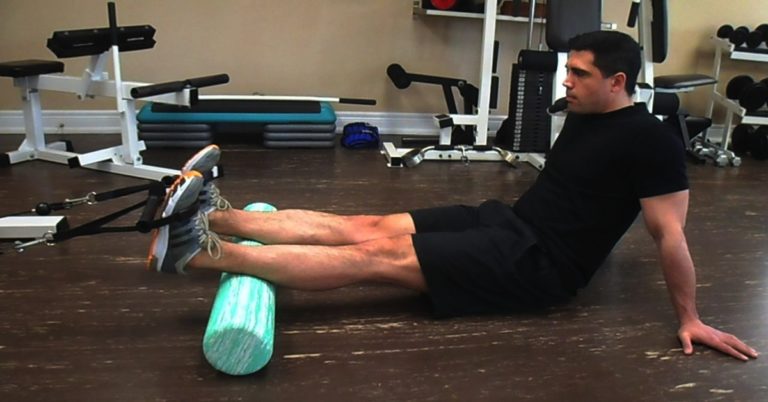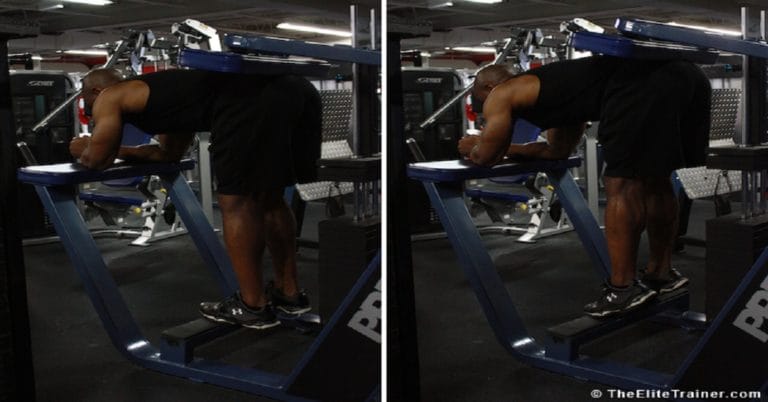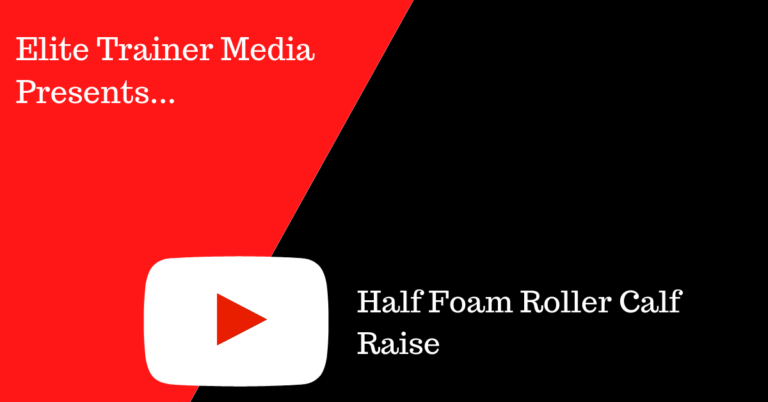Elevating the front or back of the feet during lower body exercises can significantly impact range of motion, body position, and muscle activation. Take squats, for example—raising the heels on a wedge, weight plates, or a 2×4 shifts more emphasis onto the quadriceps and helps those with tight hip flexors and calves squat deeper while…
For well-developed calves, both major muscles of the lower leg need attention: While most people focus on the gastrocnemius, training the soleus properly can make a noticeable difference in lower leg development. Why Train the Soleus? The soleus is made up mostly of Type I muscle fibers, meaning it contracts slowly, has a low tension…
Everyone trains the calves, but hardly anyone trains the shins! The tibialis anterior, the major muscle on the front of the lower leg, is often neglected. This muscle imbalance can actually limit calf growth and even contribute to injury risk. A Better Way to Train Your Tibialis Anterior There are several ways to load the…
The old-school way to perform donkey calf raises was to have someone sit on your back. These days, there are dedicated machines for this purpose. Regardless of which version you choose, donkey calf raises impose an incredible stretch on the fascia—so take full advantage by lowering your heels as far as possible. This exercise is…
Struggling to get your calves to grow? This simple machine modification might do the trick. Performing calf raises on a rounded platform increases your range of motion, allowing for a deeper stretch at the bottom and a stronger contraction at the top—all while feeling more comfortable. You could invest in a specialized calf block platform,…





